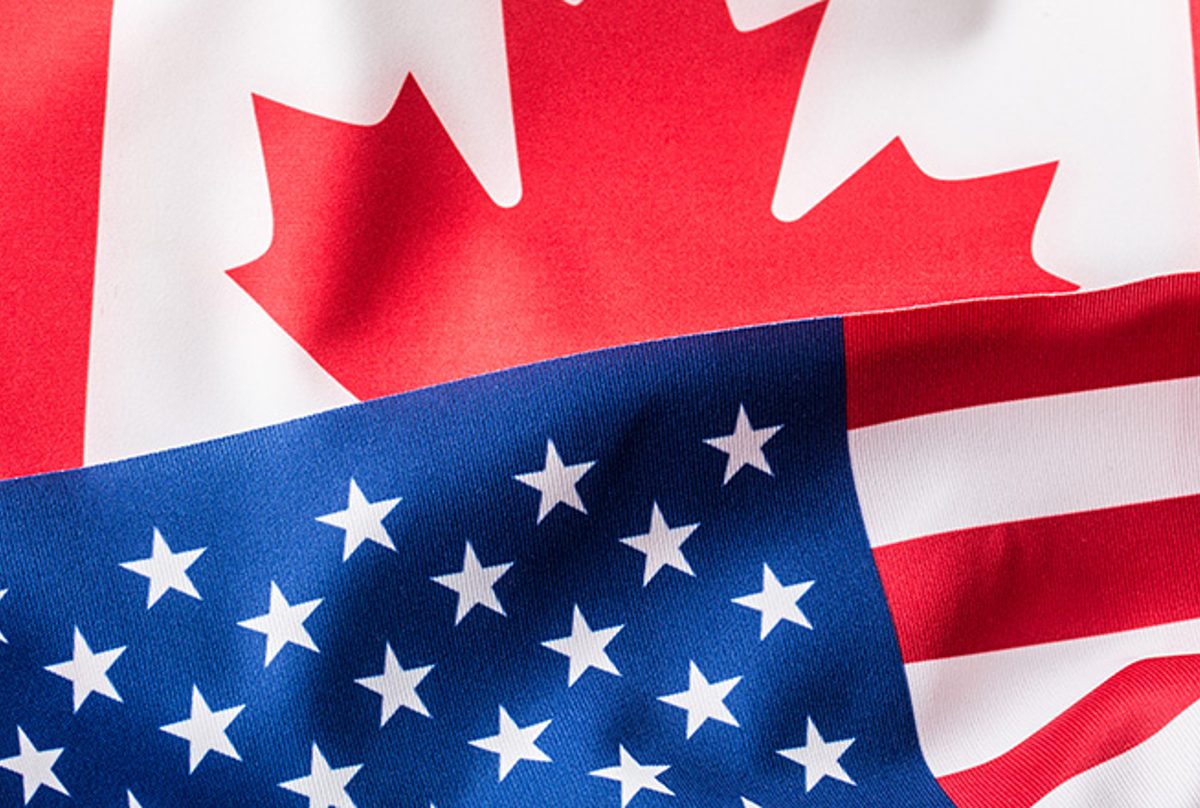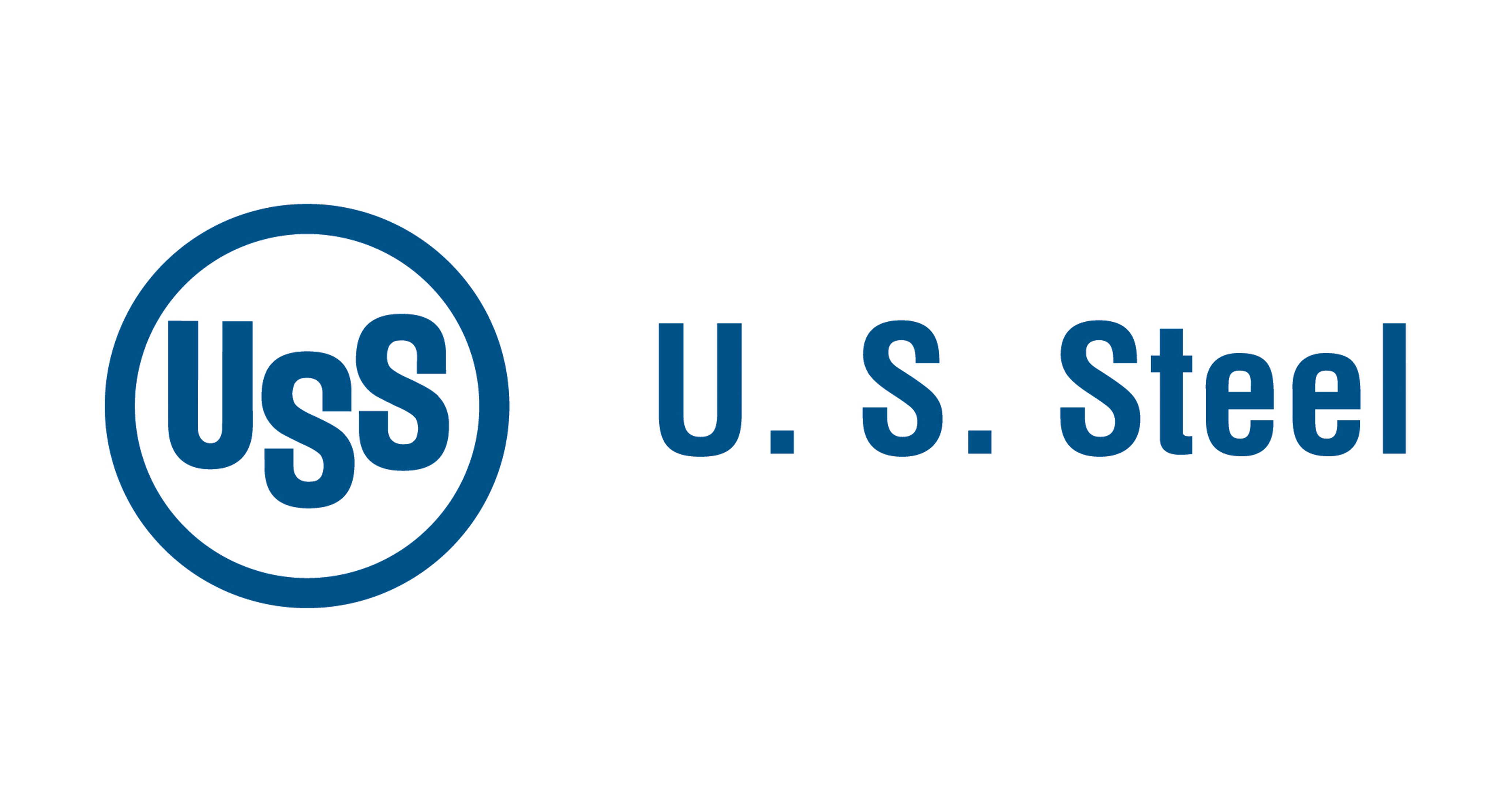Government/Policy

July 18, 2017
NAFTA Steel Requirements Unclear
Written by Sandy Williams
President Trump kicked off “Made in America Week” on Monday with a display of items from 50 states that were made in the U.S.A. The photo-op event immediately garnered criticism of the Trump family businesses that rely heavily on China and other Asian countries to manufacture their goods.
The NAFTA renegotiation objectives were released concurrently on Monday by the U.S. Trade Representative. The objectives include increasing opportunities for U.S. firms to sell U.S. products and services into NAFTA countries. A renegotiation would also keep in place domestic preferential government purchasing programs such as “Buy America” that would prevent Canada and Mexico from bidding on U.S. government contracts. The U.S seeks to “update and strengthen the rules of origin, as necessary, to ensure that the benefits of NAFTA go to products genuinely made in the United States and North America.”
An executive order April 18 set the United States on a protectionist path that stipulates Buy American and Hire American. Whether something can meet the Made in USA label requirement depends on the product. According to the Federal Trade Commission, “for a product to be called Made in USA, or claimed to be of domestic origin without qualifications or limits on the claim, the product must be ‘all or virtually all’ made in the U.S.”
The Commission stipulates that a product’s final assembly or processing must take place in the U.S. It then compares how much of the manufacturing costs can be attributed to U.S. parts and processing. Automobile qualification as Made in USA depends on site of assembly and the percentage of imported parts and processes. For steel intensive products like tools or pipes, the Commission also considers how much of the actual steel was sourced domestically vs. imported.
When defining steel as made in America, all manufacturing processes, from the initial melting stage through the application of coatings, must occur in the United States.
The language in the NAFTA objectives is vague on what will constitute U.S. products and did not specifically mention steel products. It is unclear whether U.S. steel-using industries will need to adhere to the melt-through-finishing requirement for sales within NAFTA. A NAFTA “Made in North America” designation does not appear to be in the works under the present administration.







